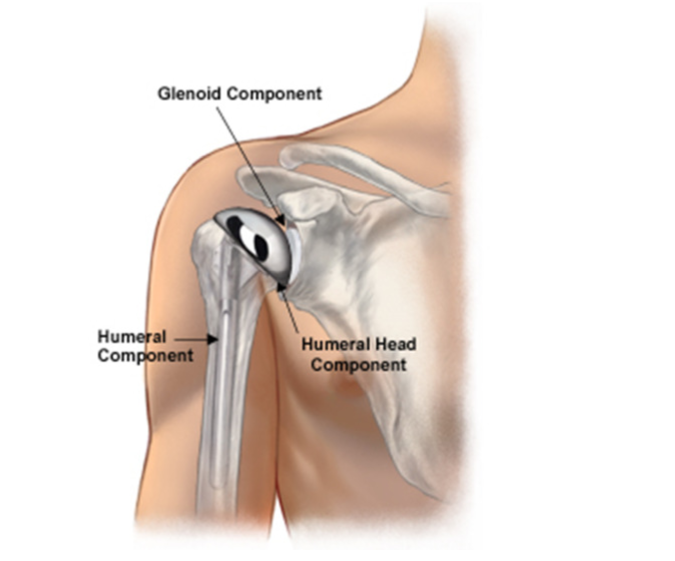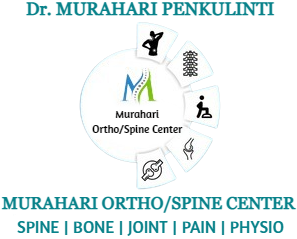Shoulder Arthritis Surgery
Shoulder Arthritis Surgery
Shoulder arthritis surgery involves damage to the cartilage in the joints. Shoulder arthritis occurs when the cartilage starts wearing down on the ball and/or socket sides of the shoulder joint. Symptoms of shoulder arthritis may include pain in the shoulder joint, stiffness, and a reduced range of motion.
There are many nonoperative treatments for shoulder arthritis, including stretches, lifestyle modifications, the application of ice or heat, and medication to control the pain.
Shoulder arthritis surgery commonly refers to the bigger ball-and-socket joint named the glenohumeral joint after the bones it connects (the glenoid and the humerus). The cartilage covers both the ball (the humeral head) and the socket (the glenoid).
When the cartilage in the shoulder begins to break down on the surface and eventually in the deeper layers, it’s called shoulder arthritis. The second joint in the shoulder, the acromioclavicular, or AC joint, can also develop arthritis, known as AC joint arthritis.

What are the types of shoulder arthritis surgery?
Osteoarthritis is also known as a degenerative joint disease. It is often associated with wear and tear related to aging. It can also affect other joints besides the shoulder and is the most common form of arthritis.
Rheumatoid Arthritis is an autoimmune disorder that means your body attacks your own healthy cells, which may include the lining of the joint. This inflammatory arthritis can be present in both shoulders at the same time.
Post-Traumatic Shoulder Arthritis : If your shoulder was fractured, dislocated, or otherwise injured, you may develop post-traumatic arthritis.
Rotator Cuff Tear Arthropathy: Rotator cuff tear arthropathy is a type of shoulder arthritis that can develop after a massive and prolonged rotator cuff tear. The four rotator cuff tendons in your shoulder wrap around the ball portion of the shoulder joint, holding it in place.
Avascular necrosis: it refers to the disrupted blood supply to an area of the body, which results in that area dying (necrosis). In the shoulder, the humeral head (the ball of the shoulder joint) may lose blood supply due to disease, traumatic injuries, and other causes.
